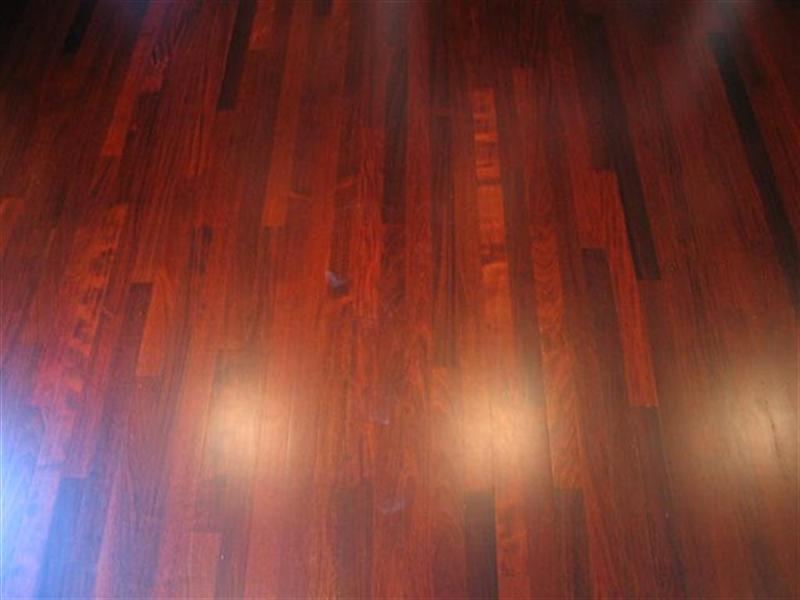Question
I use Zinsers de-waxed shellac for both brushing and spraying purposes. When I am done, I rinse the brush with denatured alcohol to dissolve all of the shellac, but by morning, they are hard as a rock. I then just re-soak the brush and spin it out. What is a good cleaning method to keep the brush from stiffening?
I have also gone through about 3 siphon fed detail guns I use to apply stains and sealers, but it is getting to the point where I won't run de-waxed shellac through my gun because I can't clean it properly.
I am a new construction residential painter, so using HVLP is still pretty new to me. In the past I have always applied my clears and stains with an airless pump, but even at real low pressure with a fine tip, it's just too much. I have learned a lot from talking to auto body painters and wood finishers about the use of HVLP as well as just experimenting all the time, but it's the gun care and maintenance that is getting me. For now I use a 4hp 13 gallon air compressor to spray stains and sealers and it works beautifully. My only problem is that I think I need to start using some kind of oil and water dryer because I get small water droplets every so often that shoot out of the gun and onto the surface I am finishing. Not only that, for the first year I owned my compressor, I did not know that I had to drain the tank after every use. What a surprise when I finally did.
I'm only 20 years old and I want to gain as much knowledge as possible on everything that has to do with wood finishing because it is hard to find people nowadays in my field that actually know about the materials they are using.
Forum Responses
(Finishing Forum)
From contributor P:
On brushes, why bother cleaning them if all you use them for is shellac? I grew up in an old-timey shop and we never bothered cleaning shellac brushes. Just hang them and let them dry where they can't get all dusty. Big jars are great for this. Poke a hole in the top, stick the handle through it, and then stick a nail or something through the hole on the brush handle to suspend the brush. Next time you need that brush, soak it in denatured alcohol for a bit and wipe it off.
Another inexpensive cleaner for your guns is a strong solution of 20 Mule Team Borax. Follow with a flush of alcohol.
If you're interested in the whys and wherefores of finishing, you should have Flexner's book, "Understanding Wood Finishing."
Don't let anyone turn you off on shellac. Properly used, it's great stuff.
Comment from contributor D:
Use shellac if you wish, but after over forty years I still topcoat it with a thinned layer of varnish to protect the shellac. Varnish has a strong tendency to yellow but the shellac is applied in various shades of amber. The varnish does yellow slightly. Always use de-waxed shellac if you do topcoat with varnish.
